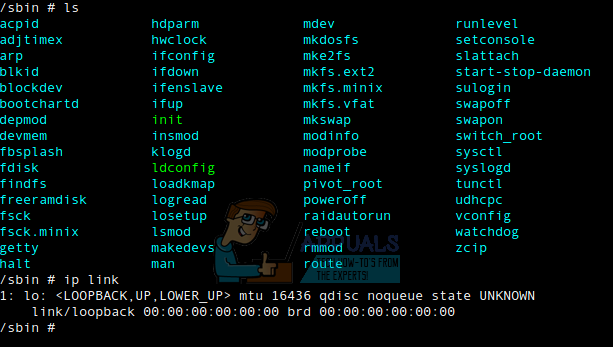

Then again, I'm not so sure if wireless power can deliver enough energy for computers. With wireless power, the only wire we would need is for the network.

We now need a wireless monitor connector and wireless speakers. We already have wireless keyboards and mice. Imagine it, no more cumbersome power cords to worry about getting tangled up. The thing I'm excited about the most is wireless power. Who wants to be on the road when the robot car is being tested? I heard him go through 4 reps, each asking why he wanted the mailing address and none willing to give it. My dad called Sprint to get their mailing address to pay a bill. And if you need help, a wall is more helpful. Nextel was a solid service until Sprint bought them, now every Nextel I call, it goes to voice mail no matter what. Sprint can't do 1G right, much less anything beyond it. And if Sprint gets is the main crux behind WiMax, it won't succeed in the US. But potential alone won't make a product successful. AlexWade - Thursday, Septemlink WiMax seems to have potential.Just a FYI, the tower we connect to is ~8 miles out. Of course, this was before AT&T saturated its antennas. One of the cool things about this technoloy, is that it does not require LoS for a decent connection, and I even setup one of these for a neighbor that had the antenna on the opposite side of his house from the connecting tower, and he was still getting ~280KB/s transers. Oh, and the latency can be horrific, but I suspect this has to do with a multitude of users all hammering the same omni at the same time. This technology has a ways to go before it'll match even the shyte DSL connection I had 5 years ago, which gave me a steady 181KB/s downs easy. Better than dial up, but still terrible for broadband. Now, typical downs are roughly 70KB/s or less. I am sure you can see the implecations here.Īnyhow, when our service first started, it blew away our previous 802.11g connection with a local provider by peaking well over 300KB/s down. So, if you say have maybe a 10% population usage of this service(3,000 people), roughly 1,000 per tower all sharing 71Mbit/s. The main problem is that the omni dirrectional on the towers from AT&T only can handle 71Mbit/s total bandwidth, and there are only three towers servicing our town of roughly 30,000 people. yyrkoon - Thursday, Septemlink We've had WiMax here in Pahrump Nevada now for close to a year, and it is not terrible, but severly lacking comparred to wired cables internet.


 0 kommentar(er)
0 kommentar(er)
